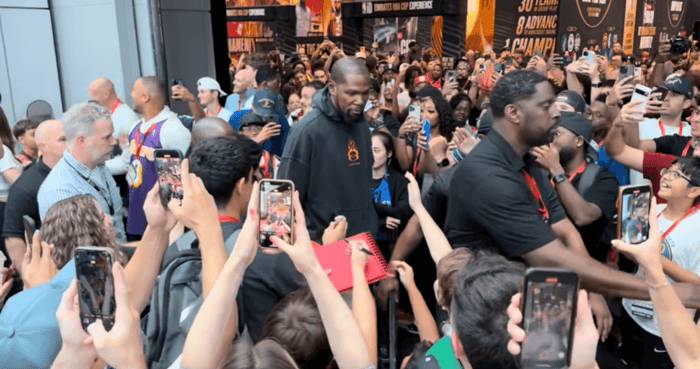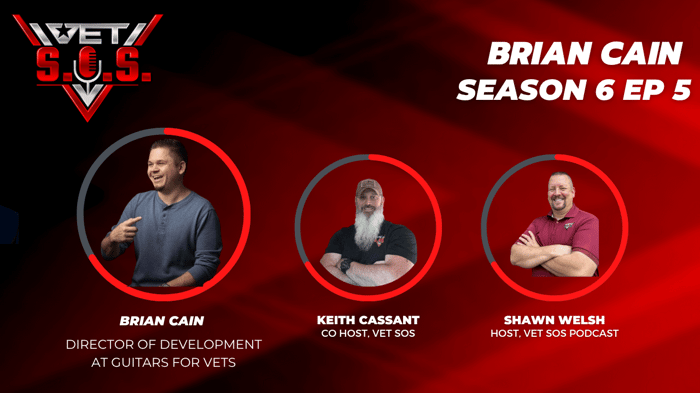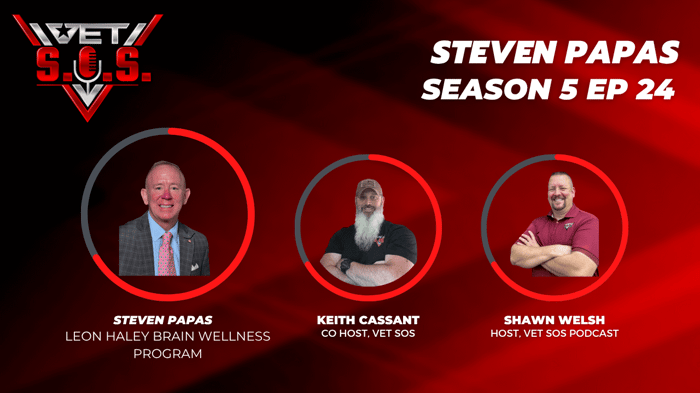Snapchat tips for Influencers and Entrepreneurs: In a recent engaging conversation on Parade Deck TV, Greg Williams, Parade Deck’s on-air personality and host for veterans and military families, sat down with Vlad Litinetsky, Entertainment Talent Partnerships Lead at Snapchat, to discuss the powerful role Snapchat can play for military influencers, service members, and veteran-owned businesses.
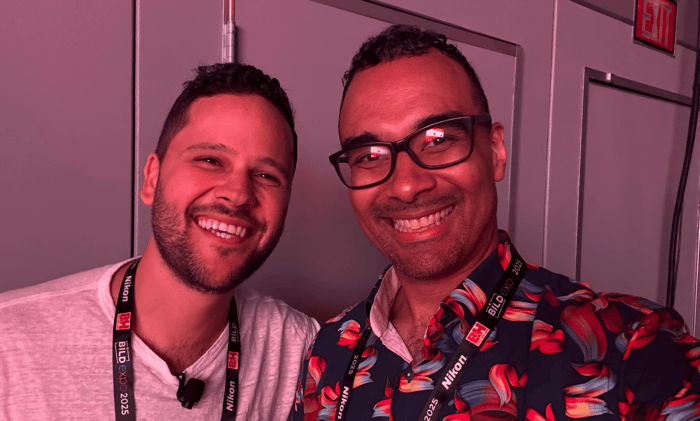 Vlad Litinetsky and Greg Williams
Vlad Litinetsky and Greg WilliamsSnapchat as a Platform for Authentic Military Voices
Vlad emphasized that Snapchat offers a unique opportunity for military influencers to share their personal lives beyond the traditional professional image.
“They should be empowered to speak and not just be kind of on TV or just affiliated with what they do as a profession,” Vlad explained. Snapchat’s behind-the-scenes style allows service members to reveal their true selves, providing followers with an inside look at the realities of military life.
This authentic storytelling resonates especially well with younger audiences who crave genuine, unfiltered content. Military influencers can use Snapchat to share day-to-day moments, challenges, and victories, creating a deeper connection with their followers.
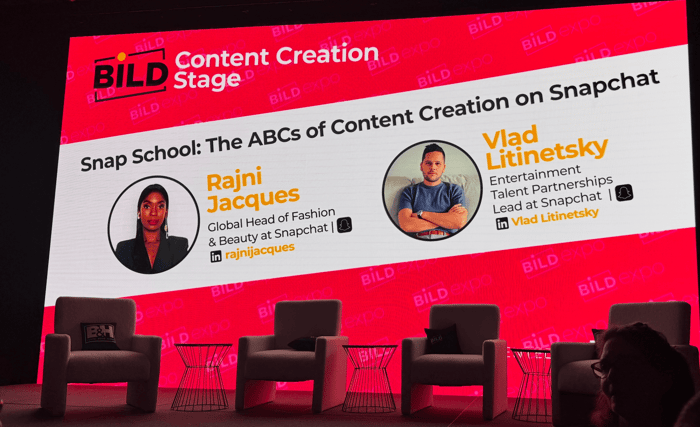
Sharing Personal Stories Safely
One common concern among service members is how to share personal stories without risking professional repercussions. Vlad addressed this by highlighting examples of military creators who focus on fitness routines, health habits, and mental wellness.
These topics allow troops to inspire and inform while maintaining operational security and professionalism. “People want to know how to get in shape? How do they keep their mental health? How do they keep their routine?” Vlad said. These authentic glimpses humanize military life and build engagement.Veteran-Owned Businesses on Snapchat: Storytelling and Growth
Veteran entrepreneurs can also leverage Snapchat to grow their businesses. Vlad advised veteran business owners to carefully consider their brand story and how to effectively communicate it to younger demographics. Collaborating with other creators and maintaining a cohesive identity on Snapchat are key strategies for success. He noted, “It’s very transferable with how any business grows on Snap.” For veteran businesses seeking to connect with new customers, Snapchat provides a dynamic and engaging platform to share their unique narratives.
Encouragement for Military Influencers and Veterans
For those hesitant to join Snapchat, Vlad offered reassuring advice: “Snapchat is the best place to tell your story in a way where no one will judge you and you can really connect with an audience in a meaningful way.” This welcoming environment encourages military voices to be heard authentically and without fear of judgment, fostering a supportive community.
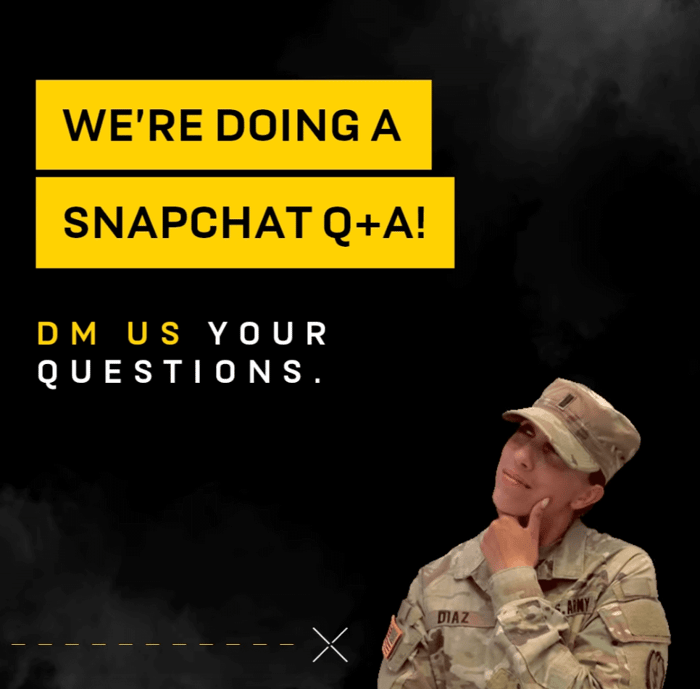 Snapchat Q+A, US Army
Snapchat Q+A, US ArmyWhy This Matters for the Military Community
Parade Deck TV, as the number one streaming platform for veterans and military families, continues to provide vital spaces for military voices to thrive. Vlad’s insights underscore Snapchat’s potential as a tool for empowerment, connection, and business growth within the military community. From sharing personal fitness routines to growing veteran-owned startups, Snapchat helps bridge the gap between military experiences and civilian audiences.
Get Started with Snapchat and Parade Deck
Explore Snapchat for Creators: Visit (https://www.snapchat.com/creators) to learn how to start sharing your story.
Join Parade Deck: For military influencers, content creators, and veterans looking to amplify their voice, visit ParadeDeck.com to join the community, get support, and monetize your content.
Connect with Vlad and Greg: Follow Parade Deck’s social channels and tune into their podcasts for more insights and inspiration.
Conclusion
Snapchat provides a fresh, authentic platform where military influencers and veterans can share their genuine stories, connect with engaged audiences, and grow their businesses in a judgment-free environment. As Vlad Litinetsky shared on Parade Deck TV, this is an ideal time for military voices to embrace Snapchat’s dynamic storytelling tools and build meaningful connections. (Snapchat tips for Influencers and Entrepreneurs)
If you’re a veteran, service member, or military influencer looking to expand your reach, Snapchat and Parade Deck offer powerful avenues to amplify your voice and impact.
Related Information by Chondra Perry, US Army
REMEMBER WHEN BEING SOCIAL meant sharing your favorite beverage with a friend at the local hangout or neighbors leaning over their backyard fence talking about everything from politics to the local football team? Those days are in the past. Communication has grown globally over the years; today’s technology opens a completely new way of sharing ideas, thoughts, and the latest on dit. Our Army has embraced the world of social media as the power of communication has taken a new turn. Typewriters, landlines, and beepers are communication tools of the past.
A new generation of immediacy has created a firestorm of social media tools that encourage interaction and create dialogue at the click of a mouse. Social media has had an undeniable effect on the way we live, work, and communicate throughout the world. Military leaders are recognizing the importance of social media and taking steps to incorporate change into their organizational cultures. This is partly due to the sheer number of users in the military community who are using social networking as a conduit to stay connected and tell their story.
Facebook, a social networking website, has more than 250 million users with more than 120 million of them logging on at least once a day.1 Every minute, YouTube users upload 10 minutes of video and watch hundreds of millions of videos.2 Social media has introduced a whole new language, where complete words now become one letter and smiley faces and emoticons show emotion and feeling. This ever-evolving technology flourishes in a culture where time is precious and social interaction is unpredictable.
Social media computer concepts are not new and have in fact been around for over 20 years. The first online chat system surfaced in 1980 with CompuServe’s CB simulator.3 The simulator connected corporate America and cyberspace. In 1986, these services expanded to include Europe, and networking became a global application.
The World Wide Web, not to be confused with the Internet, went public in 1991, and gave birth to the dot.com boom that enabled companies and organizations to reach a wider target audience. Today these same concepts have given organizations and individuals social networking websites such as MySpace, Facebook, YouTube, Flickr, and other social networking avenues for information sharing.



